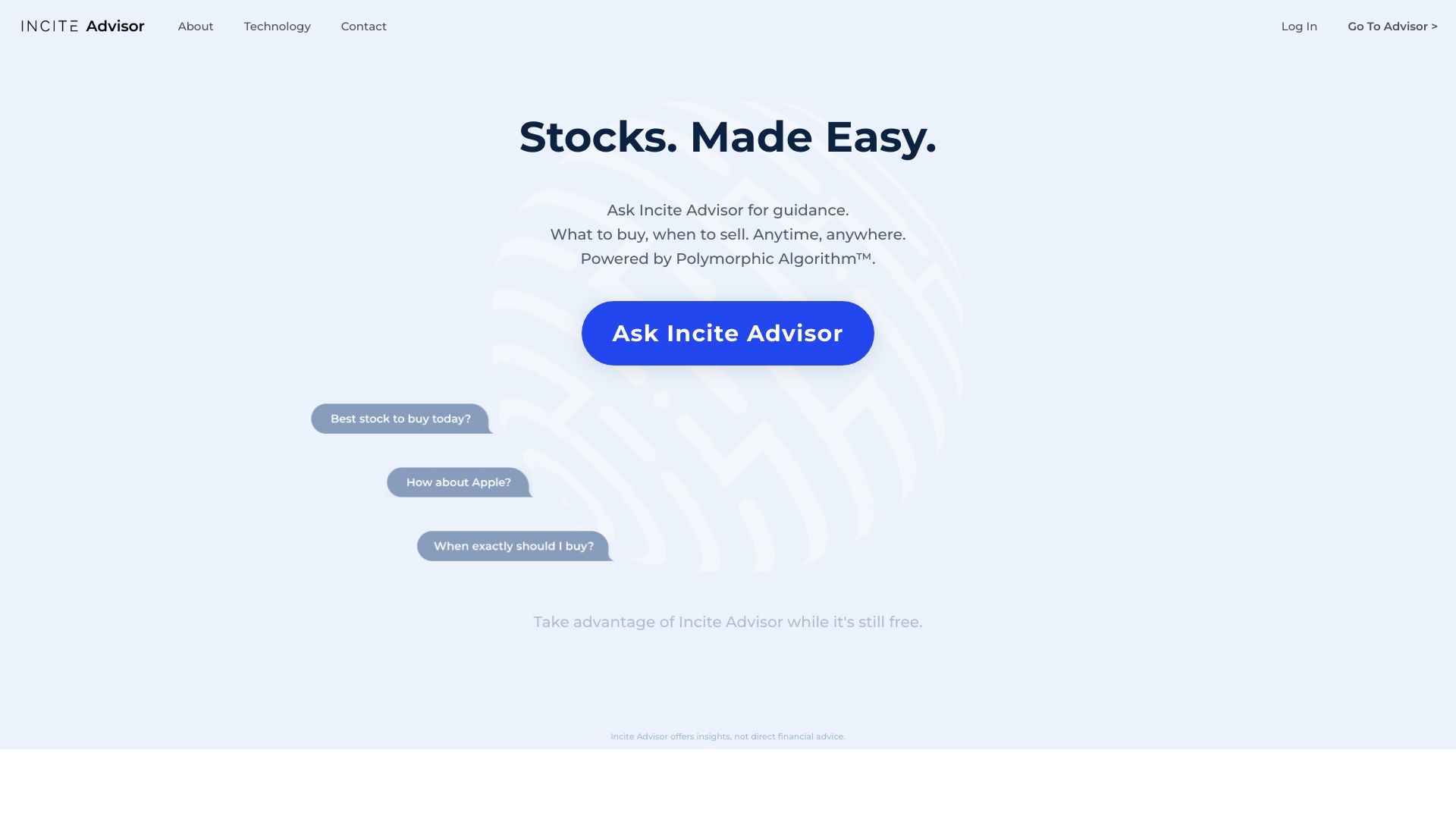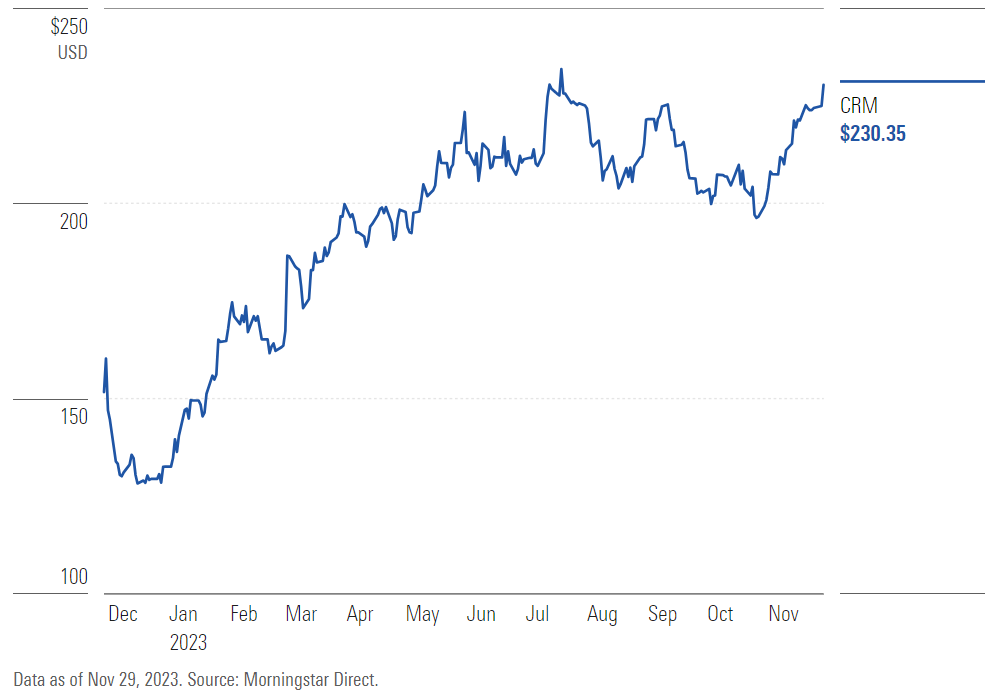It is important to note that AI trading platforms with stock analysis and forecasting can provide users with the ability to customize their platform to meet their trading objectives as well as their risk tolerances and market conditions. A platform that offers robust customization options can significantly enhance your trading effectiveness. Here are 10 suggestions for evaluating the flexibility of these platforms.
1. Evaluate Pre-Built Strategy Templates
The variety of templates available: Check if the platform provides a variety of built-in trading strategies (e.g. day trading or swing investing, long-term investment).
Usefulness: Determine the ease with which these templates could be altered to meet your needs.
Performance history: Check whether the platform provides historical performance data on strategies that have been pre-built.
2. Review Customized Strategy Creation
Drag-and-drop tools: Find platforms that provide intuitive drag-and-drop interfaces for creating custom strategies.
Look into the options for coding on the platform. For advanced users, it may be beneficial to develop custom scripting languages (e.g. Python or R).
Flexibility: Ensure that the platform lets you define entry and exit rules and risk management guidelines, and other key components of your strategy.
3. Check for Backtesting Capabilities
Historical data: Make sure that the platform is equipped with enough historical data available to backtest strategies.
Customizable Parameters: It is important to be able to modify parameters, such as indicators and timeframes, when backtesting.
Performance metrics - Check to see if the platform has specific indicators of performance (e.g. the winning rate, Sharpe coefficient or drawdown) for all strategies that have been backtested.
4. Evaluate Real-Time Strategy Testing
Paper trading: Make sure that the platform allows you to simulate or test your strategies without risking any capital.
Live testing: Determine whether you are able to run strategies on live markets using tiny amounts of capital to test their effectiveness.
Real-time adjustments: Verify whether you are able to tweak strategies according to market conditions.
5. Integrate integration with technical indicators
Indicator libraries: Make sure the platform has a full collection of tools for technical use (e.g. MACD, RSI and moving averages).
Custom indicators - Ensure that you have the ability to make or import your own custom indicators.
Combinations of indicators: Determine whether the platform supports the combination of multiple indicators to create more complicated strategies.
6. Check for Risk Management Tools
Stop-loss/take-profit: Ensure the platform allows you to set stop-loss and take-profit levels within your strategies.
Position sizing - Check for any rules you could follow (e.g. a fixed amount or the percentage of your portfolio) to manage the risk.
Risk-reward Ratio: Make sure that the platform supports setting individual risk-reward limits for strategies and trades.
7. Evaluate Multi-Asset Strategy Support
Asset classes: Verify that the platform has strategies that can be used for multiple asset classes.
Cross-asset strategies: Determine whether you can create strategies that include various types of assets (e.g. pairs trading, hedging).
Market coverage: Ensure that the platform you're interested in covers the markets that interest you (e.g. US or international cryptocurrencies, copyright).
8. Assess Automation and Execution
Automated trading: Ensure the platform can automate execution of strategies using predefined rules.
Types of orders: Check whether your platform can handle different types of orders (e.g. market limit, limit, or stop) to execute the strategy.
Latency: Make sure that the platform is able to execute trades quickly, particularly for trading strategies that use high-frequency.
9. Look for strategies optimization tools
Parameter Optimization: Make sure whether the platform provides tools for optimizing the parameters of strategies (e.g. genetic algorithms grid search, genetic algorithms).
Integration of machine learning: Check that the platform utilizes machine learning for refinement or improvement of strategies.
Scenario analysis: Make sure that the platform has the ability to test strategies under different market conditions (e.g. volatile, volatile, bull or bear).
Review Community Feedback and User Feedback
User reviews: Research user feedback to gauge the platform's effectiveness for strategy and personalization.
Forums for community members. Find out if the users are able to share and discuss their methods in a vibrant community.
Support resources - Make sure that the platform has tutorials and documentation to help users create and optimize strategies.
Bonus Tips:
Trial period: Test the customisation capabilities of the platform with a no-cost demo or trial.
Scalability: Ensure your platform can manage complex strategies that change when you trade.
Customer support: Check whether you can seek assistance for questions related to strategy or issues.
These guidelines will assist you assess the options for customization of AI trading platforms which can predict or analyze the market. This way you can pick one that best suits your trading goals, and lets you improve and implement strategies. A platform that provides a wide range of customization options will let you better adapt to market changes and improve trading performance. Read the recommended using ai to trade stocks blog for website advice including AI stock picker, ai for investing, ai investing app, AI stock picker, AI stock, incite, market ai, ai trading tools, best AI stock, trading with ai and more.

Top 10 Tips To Assess The Risk Management Of Ai Stock Prediction/Analyzing Platforms
Any AI platform for analyzing or predicting stocks must have risk management in place, which is essential to protecting your capital and limiting losses. A platform with strong risk management tools will assist you in navigating uncertain markets, and make better choices. Here are ten top suggestions to help you analyze the risk management capabilities of these platforms.
1. Review Stop-Loss Features, Take-Profit Features
Customizable level: You should be able customize the take-profit/stop-loss levels of your the individual strategies and trades.
Trailing stops: Check if the platform you are using supports trailing stop that are automatically adjusted as the market moves in your direction.
Guaranteed stops: Verify whether the broker offers guarantee stop-loss orders. These ensure your position is closed at the specified price, even in volatile markets.
2. Useful Tools for Assessing Position Size
Fixed amount: Check that the platform you're using allows you to adjust the size of your position according to a predetermined amount.
Percentage of Portfolio: Decide whether it is possible to define the size of your position in percentage of the total portfolio to control risk in a proportional way.
Risk-reward: Find out if your platform lets you determine risk-rewards for each strategy or trade.
3. Make sure you have Diversification Support
Multi-asset trading : Make sure the platform allows you to trade across different asset classes, like ETFs, stocks, and options. This will help diversify your portfolio.
Sector allocation check to see whether there are any tools available for managing and monitoring sector exposure.
Geographic diversification: Make sure that the platform allows trading in international markets to spread geographic risk.
4. Examine the impact of leverage and margins
Margin requirements: Ensure the platform clearly outlines any margin requirements when trading leveraged.
Check to see whether you are able to set leverage limits in order to limit risk exposure.
Margin call - Check whether your platform informs you about margin calls in a timely manner. This will help prevent liquidation.
5. Assessment of Risk Analytics and Reporting
Risk metrics: Make sure whether your platform contains the most important risk-related metrics like Value at Risk, Sharpe ratio, as well as Drawdown to help you manage your portfolio.
Scenario Analysis: Check if your platform allows you the capability to simulate different market scenarios to evaluate the risk.
Performance reports - Verify that the platform includes detailed performance reporting, including the risk-adjusted returns.
6. Check for Real-Time Risk Monitoring
Monitoring your portfolio: Make sure the platform allows live monitoring of the risk exposure to your portfolio.
Alerts: See if you can receive real-time notifications regarding events that are at risk (e.g. stop-loss triggers or margin breaches).
Risk dashboards: Make sure your platform offers customized risk dashboards that give you a full overview of your risk profile.
7. Evaluation of Backtesting and Stress Testing
Test for stress: Ensure that the platform will allow you to stress-test your strategies or portfolios during extreme market conditions.
Backtesting: Verify that the platform permits backtesting strategies that are based on past data in order to determine risk and the performance.
Monte Carlo Simulations: Check if the platform utilizes Monte Carlo simulations in order to analyze and predict the possible outcomes.
8. Risk Management Regulations: Assess your compliance
Compliance with the regulatory requirements: Ensure that your platform is in compliance with the applicable risk management regulations in Europe as well as the U.S. (e.g. MiFID II).
Best execution: Verify whether the platform is following the top execution practice, which ensures trades are executed at the best price in order to minimize any chance of slippage.
Transparency: Check whether the platform offers clear and transparent disclosures about risks.
9. Examine for Risks that are User Controlled Parameters
Custom risk rules - Be sure the platform permits for you to define your own risk management policies.
Automated risk controls: Check whether the system can automatically implement rules for risk management in accordance with the parameters you've set.
Manual overrides: Check to see if the platform permits you to manually override automated risk controls.
Review Case Studies and User Feedback
User reviews: Read user feedback and assess the effectiveness of the platform's the management of risk.
Testimonials or case studies should demonstrate the platform's ability to mitigate risks.
Forums for community members. Find out if the platform has a lively user community, where traders can exchange strategies for risk management and tips.
Bonus Tips
Free Trial: Get a free trial of the platform's features for risk management in real scenarios.
Customer support: Ensure you have a reliable support system in relation to risk management issues or questions.
Educational resources - Check to see whether the platform provides instructional resources and videos on risk management best practices.
These tips will help you determine the risk management capabilities of AI stock-Predicting/Analyzing trading platforms. So you can select a platform that protects your capital and minimizes potential losses. To stay out of unstable markets and to achieve long-term success in trading you require a reliable risk management software. Take a look at the recommended trading ai tool recommendations for site tips including AI stock investing, ai trading tool, ai tools for trading, ai software stocks, stock trading ai, stocks ai, AI stock trader, AI stock analysis, ai investment tools, invest ai and more.
